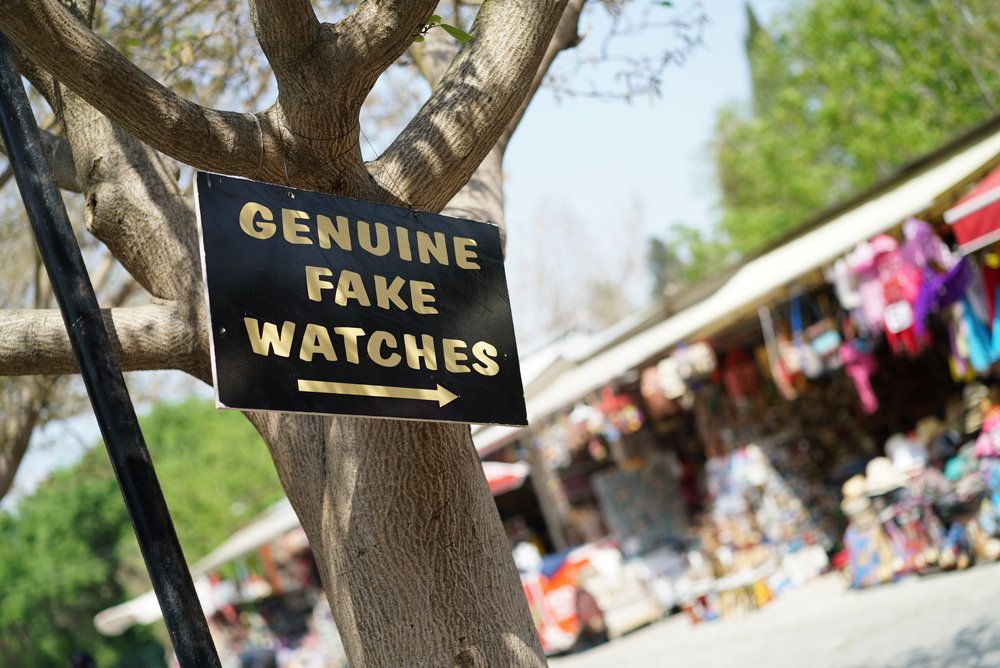The NFT space has ongoing issues with fraud, including through bad actors wholesale lifting art from one project and using it in a second project — a process often referred to as “copyminting.” They are derivative projects that have a few too many similarities to the original project to be considered anything other than a ripoff. While most of these duplicate projects do very little sales volume relative to the original, they may damage the underlying brand, contribute to the overall distrust of the NFT space, or trick less savvy buyers into spending money on something that’s the jpg equivalent of a street vendor shilling fake Rolex watches.
To help combat this fraud, a few companies are emerging that specialize in fraud detection in NFTs. They tend to leverage blockchain data to help determine which project came first and apply some image detection to find metadata matches. One of these solutions is Optic, which uses artificial intelligence and machine learning to analyze the images associated with an NFT, which helps NFT marketplaces and minting platforms catch copies and protect both creators and buyers.
In a recent press release, Optic indicated that they are the partner powering copymint detection for OpenSea, arguably the most well-known NFT marketplace, which introduced this feature in May 2022. Optic currently processes around 2TB of NFT metadata per day, from millions of newly minted NFTs. They analyze for both exact copies and fuzzy matches — including flips, rotations, re-sizing and color changes.
The AI and machine learning behind Optic leverage the NVIDIA Triton Inference Server, Milvus, the PyTorch machine learning framework, MLflow, Amazon SageMaker, Lightning, and open source ML version control via DVC.
The New Stack has a tutorial on deploying Inference Server, as well as a number of articles on SageMaker, if you are interested in exploring AI for your own projects. Given the potential complexity of making all of these technologies work together, if you’re considering a similar solution for analyzing NFT metadata, it may be easier to implement Optic’s API than try and train an in-house solution.
Optic supports image analysis via either a batch processing API or a real-time API. I asked Andrey Doronichev, CEO and founder of Optic, about the difference between the two. He said, “In batch processing mode, a marketplace makes their catalog available to Optic using some data-store (e.g. S3 or Snowflake), Optic reads new data periodically, checks each collection, and provides match results back to the marketplace. In real-time mode, the marketplace calls the Optic API, provides token metadata and Optic returns match results to determine if it is original or a copymint, as well as which one is the original and what’s the match score.”
You can see an example comparison along with the Optic scoring in the screenshot below.
One of the areas where I’ve observed copyminting being a frequent problem is in cases where the original release may be on Ethereum, with a copy of the project launching on Solana or Polygon. I asked Doronichev how Optic addresses this. “Cross-chain copyminting is a real problem,” he said, “which is why we are currently matching tokens across Ethereum, Polygon and Solana chains. We’ll be prioritizing which chains we support next, based on NFT usage.”
While the Optic API is currently private, they have plans to make a public API available before the end of 2022. In the meantime, if you are building a marketplace for NFTs or simply want to make sure that users aren’t attempting to leverage other people’s intellectual property, you can reach out to Optic to request access to their private API or join their Discord to engage with the team. There’s also a whitepaper about the Optic protocol coming soon.
Lead image via Shutterstock.
Author
Administraroot

